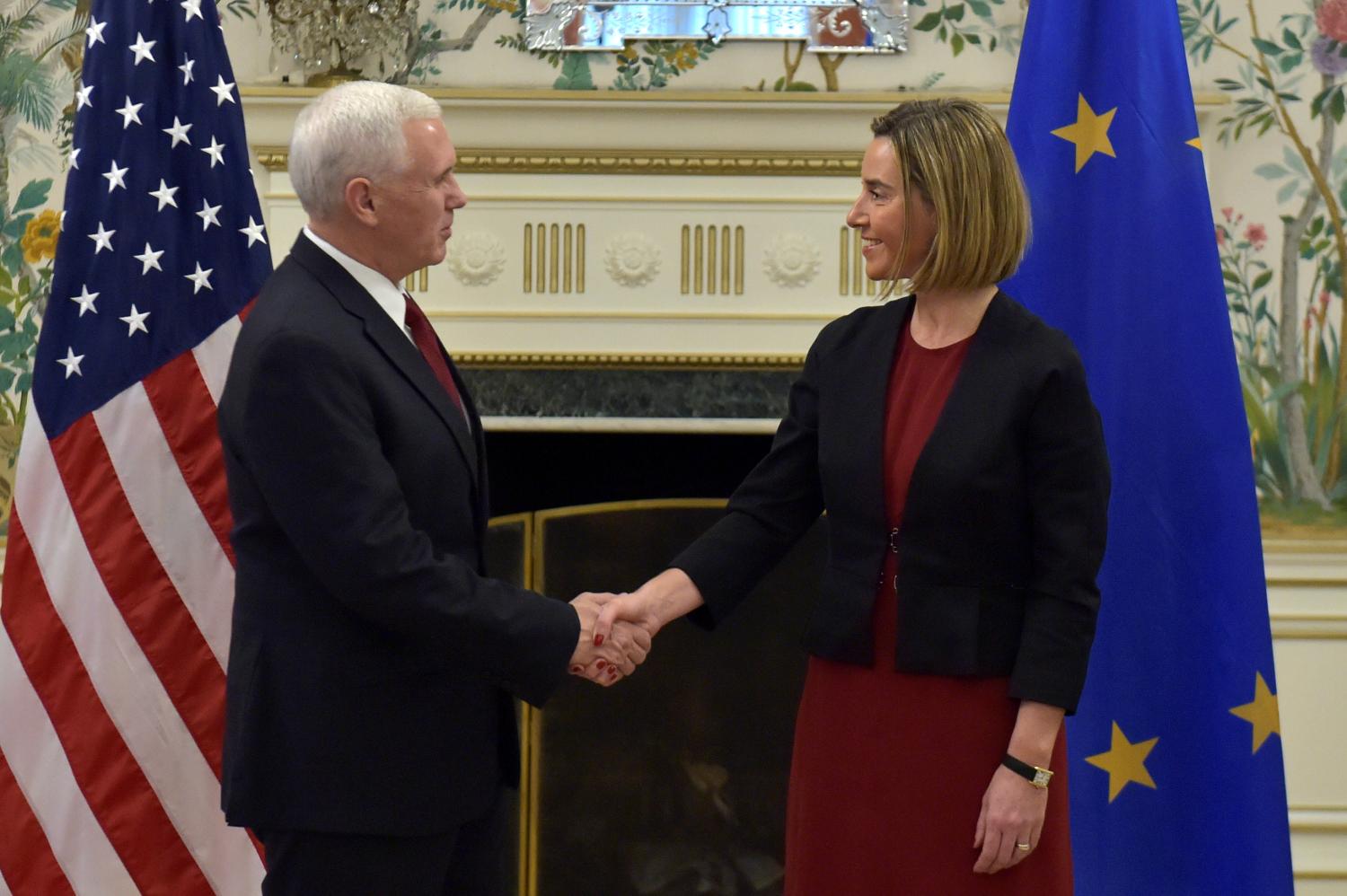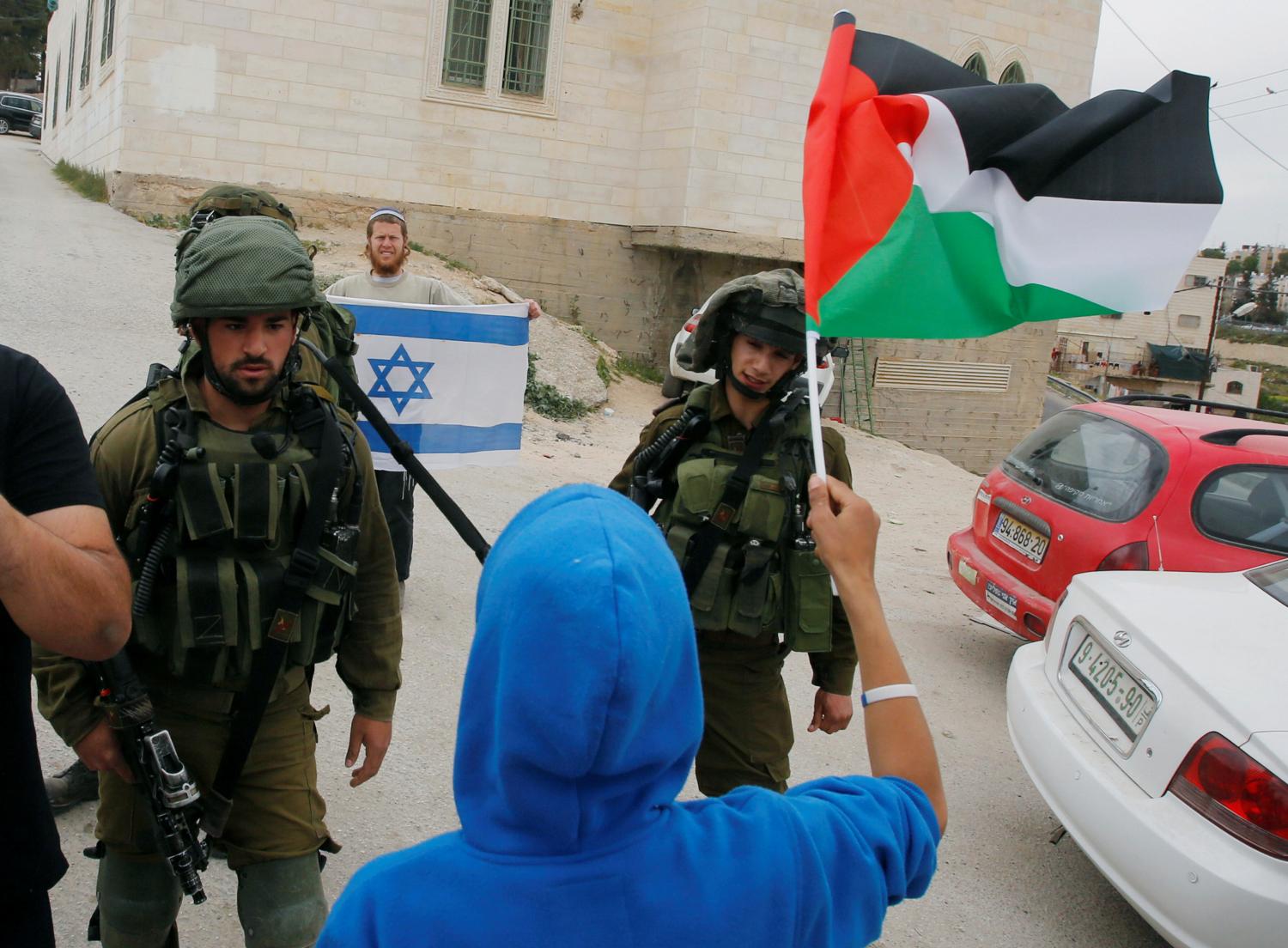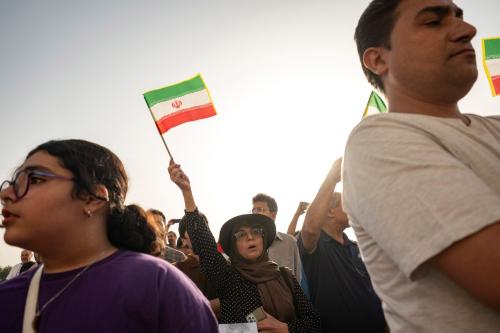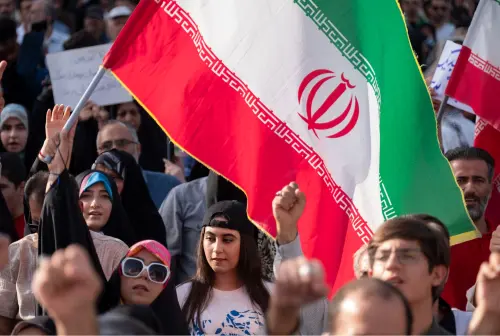While much of the outside world has focused on the current wave of violence in Israel and the West Bank, far less attention is paid to the causes behind it and the context in which it is occurring. In meetings last month in Ramallah and Jerusalem with a range of Palestinian politicians, journalists, and analysts, as well as with senior U.S. officials, it was clear that the attacks reflect the deepening anger and despondency among Palestinians.
The current violence is largely despair-driven, but remains individualistic and politically directionless. Palestinians use different terms to describe the current violence. Popularly, and in most local media, it is known as the “Jerusalem Intifada.” But unlike previous Palestinian uprisings, this latest wave of violence lacks both political organization and clear political demands.
The fact that so many young Palestinians are willing to risk almost certain death in order to carry out otherwise ineffective stabbing attacks on Israelis points to a deep sense of hopelessness and despair. It’s not only that Israeli settlement expansion, home demolitions, land confiscations, and movement restrictions continue to rob Palestinians of their land, livelihoods, and dignity; it’s that Palestinians now must endure Israel’s seemingly endless occupation without any of the “safety nets” they traditionally have fallen back on: the peace process is dead, Arab regional support and solidarity has evaporated, and their political leaders (both secular and Islamist) are ineffective and increasingly discredited.
In short, Palestinians feel a deep sense of abandonment by the international community, their fellow Arabs, and even their own leaders. Although domestic political considerations as well as Abbas’ own waning credibility have constrained the leadership’s ability to disavow the violence outright, the Palestinian Authority (PA) continues to work quietly with the Israelis to keep the situation under control. The main question now, particularly for U.S. officials, is how long this PA security coordination with Israel can continue given mounting public opposition and the precipitous decline in international aid, which according to the World Bank is down by roughly 60 percent.
As confidence in Abbas’ leadership declines, Palestinian political stagnation and dysfunction is likely to continue. Since a public opinion poll published last September found that an unprecedented two-thirds of Palestinians wanted Abbas to resign, popular frustration with the Palestinian leader seems only to have grown. Many Palestinians lament what they see as the transformation of their national movement from groups and leaders dedicated to national liberation to a ruling class with special privileges (VIP status, travel, etc.) and a stake in the status quo. Even American officials seemed alarmed by the extent to which the PA is now perceived as a “collaborationist” government by ordinary Palestinians.
At the same time, Abbas’ leadership style and decision-making are also alienating much of the political elite, including within his own Fatah movement. Several Palestinian officials were privately critical of Abbas. Others have been more open in their criticism, including former West Bank security chief Jibril Rajoub, who recently railed against Abbas and his inner clique in a lengthy interview on Palestinian TV.
Much of the internal frustration with Abbas has to do with recent leadership appointments as well as what many see as his growing paranoia and personal vendettas against perceived rivals like Salam Fayyad, Yasser Abed-Rabbo, and his arch-nemesis, Mohamed Dahlan, the now-exiled former Gaza security chief. Both of these underscore the growing anxiety over the lack of clarity regarding a future succession process (on which I will have more to say in a subsequent post). Many also voiced skepticism about Abbas’ current diplomatic strategy, which is focused on building support for an international peace conference. While most Palestinians support internationalization, and virtually no one supports a return to U.S.-led peace negotiations, there are doubts as to whether Abbas’ international efforts are rooted in a broader strategy.
The lack of strategic thinking is also fueling frustration over the ongoing stalemate with Hamas in Gaza. Indeed, many view Abbas as the primary obstacle to Gaza reconstruction and progress toward reconciliation with Hamas. Despite Hamas’ clear weakness since 2013, Abbas has been loath to give Hamas anything it could claim as a political concession and is equally reluctant to inherit responsibility for Gaza’s myriad social, economic, and security problems, for which he currently has no solutions.
[T]here is a growing feeling, both within Fatah and beyond, that things are unlikely to change internally (and perhaps even diplomatically) until Abbas has left the scene.
Consequently, there is a growing feeling, both within Fatah and beyond, that things are unlikely to change internally (and perhaps even diplomatically) until Abbas has left the scene. At the same time, despite the growing frustration with Abbas, most are not eager to accelerate his departure. As I have written elsewhere, the absence of credible alternatives has given Abbas a sort of “legitimacy by default.” This may explain Abbas’ otherwise inexplicable complacency and his sense, as I was repeatedly told, that time is on his side.
Gaza’s Hamas rulers face their own set of equally daunting political, economic, and security challenges. Although I did not visit Gaza or meet with any Hamas representatives, both figured prominently in most of my discussions. Hamas continues to face serious financial problems as a result of the virtual elimination of its tunnels network and the closure of the Rafah border crossing. The scarcity of resources, a major factor in Hamas’ decision to pursue reconciliation with the PA in 2014, is also fueling tensions within the movement. Whereas Hamas’ military wing, the al-Qassam Brigades, seeks to rebuild its military capabilities and restore its ties with Iran, its political leadership is equally keen to avoid another military confrontation with Israel and hopes to capitalize on diplomatic openings with Turkey and Saudi Arabia.
The main security threat to Hamas rule comes from jihadi groups, most notably Jaysh al-Islam in the Gaza Strip and the Sinai-based Ansar Beit al-Maqdis, both of which have pledged allegiance to ISIS and regard Hamas (as well as its parent, the Muslim Brotherhood) as apostates. Despite occasional tit-for-tat attacks, at the moment neither Hamas nor the jihadis appear eager for a major fight. The potential for escalation remains, however, particularly if jihadi groups decide to exploit internal discontent within Hamas or force its hand militarily by launching rocket attacks on Israel. Such internal instability, along with the slow pace of reconstruction and already abysmal economic and humanitarian conditions in Gaza, highlights the ever-present danger of yet another devastating war between Israel and Hamas.
In the end, while the outside world’s preoccupation with the current wave of violence is understandable, merely condemning ad hoc violence by Palestinians while failing to address the deeper, institutionalized violence of the Israeli occupation is both morally dishonest and politically untenable.
The Brookings Institution is committed to quality, independence, and impact.
We are supported by a diverse array of funders. In line with our values and policies, each Brookings publication represents the sole views of its author(s).






Commentary
A view from the West Bank: Three key takeaways
March 21, 2016